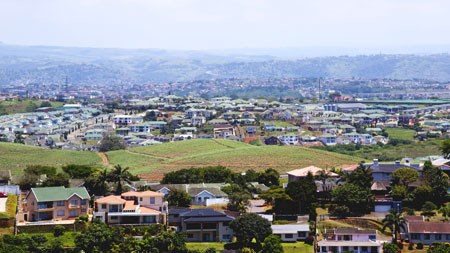South African home owners who were paying off mortgage bonds in 1984 and 1998 still recall with dismay how interest rates at that time rose to 25% and 24% – and the fear that rises of even half this size could recur has haunted many of those unfamiliar with the way the South African economy operates.
It has often, says Mike van Alphen, National Manager of the Rawson Property Group’s bond origination division Rawson Finance, caused them to warn their offspring about over-commitment and in some cases to advise against home buying.
However, says van Alphen, this fear is by and large now unwarranted and should not deter people from buying a home as soon as possible.
“The low 8.5% interest rate has been in place since July 2012 and, if I understand the major banking economists correctly, it seems unlikely that the rates will rise by more than 1% in 2014 – probably in the second half of the year. Thereafter big rises still seem very unlikely for at least three or four years, possibly longer. Certainly at the moment no one is expecting a growth rate of above 3% for 2014 and the inflation rate seems containable below the 6% mark. Now, therefore, is a good time to buy South African property.”
Van Alphen points out, as he has done before, that the homeowner budgeting for the future has to accept that his household expenditure, unless very carefully monitored and controlled, is likely to run well ahead of the official ± 6% inflation rate because today’s municipal rates and taxes, food, fuel, electricity, the more expensive private school education and other costs are all running at double digit inflation.
“The latest Absa reports indicate that South African household debt will increase by 7% to 8% during the coming year. This is,” he says, “a factor which simply has to be borne in mind when budgeting for a bond loan.”
“The good news, however, for potential home buyers,” says van Alphen, “is that the widespread uncertainty which bedevilled home prices in 2011/2012 is now a thing of the past. The latest Absa review indicates that single digit (ie, 7% to 9%) growth can be expected this year in the middle segment (which comprises perhaps 65% of the total), with a lower but nevertheless positive growth rate still being seen in the affordable sector and steady on-going improvements in the luxury sector.”



